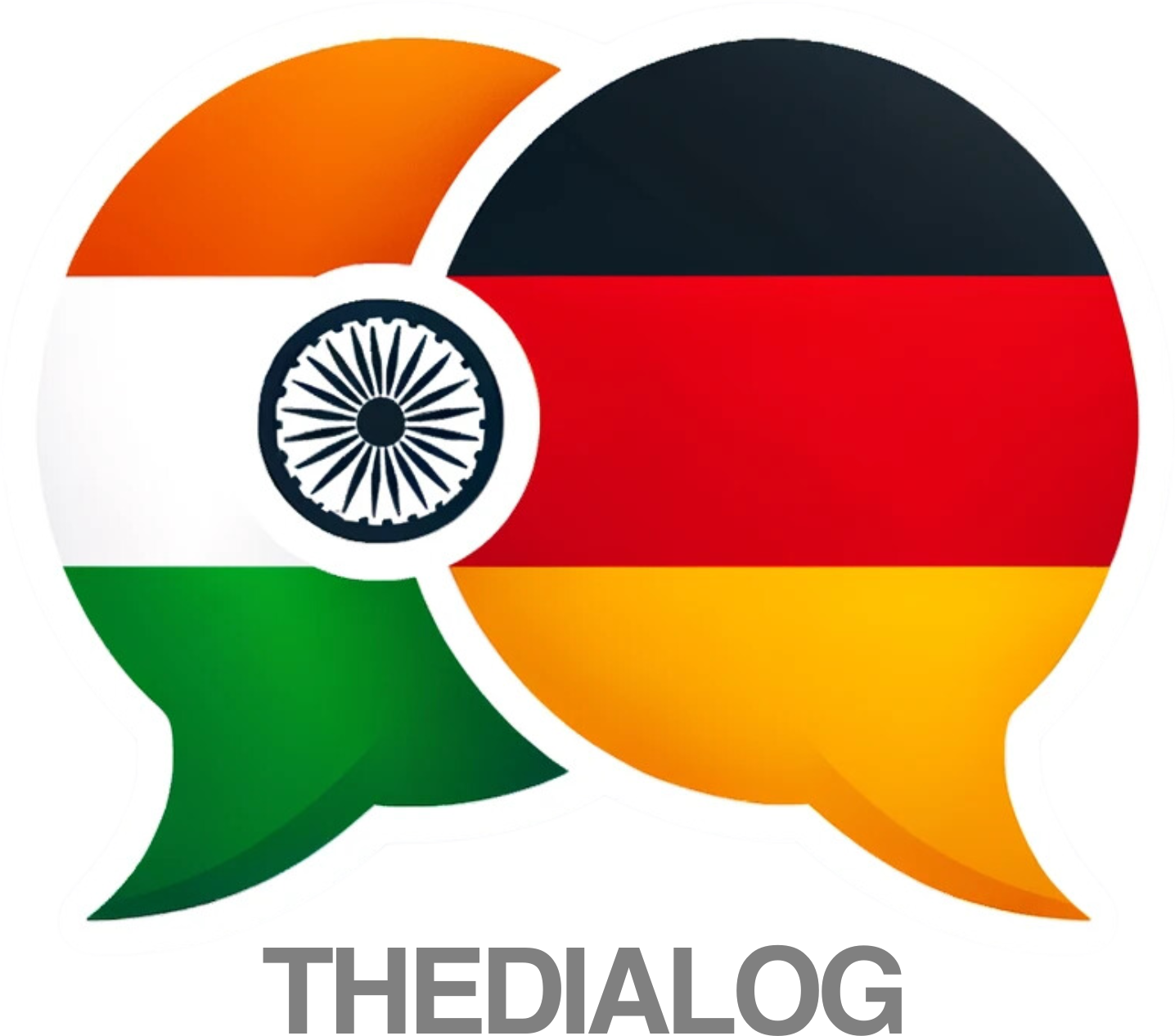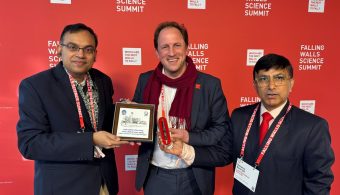As India’s packaging ink demand surges alongside economic growth and rising consumerism, German ink manufacturer Siegwerk Druckfarben AG & Co is gearing up for a significant expansion. The company, which already generates over ₹1,000 crore in annual revenue from India, plans to double its capacity and revenue in the country within five years, capitalizing on the growing preference for branded and safe packaging solutions.
Doubling Revenue, Expanding Footprint
Siegwerk, a 200-year-old German company with a strong presence in India, is targeting over ₹2,000 crore in revenue by 2030, according to Ashish Pradhan, President – Asia, Siegwerk. The company is set to expand its manufacturing base with increased capacity at its Bhiwadi facility in Rajasthan and a new factory planned for western India—either in Gujarat or Maharashtra.
“We’ve seen consistent growth of over 12–13% annually for the past five years, and we expect this trend to continue,” said Pradhan. He noted that the company’s expansion would cater especially to the southern and western markets, which are witnessing robust growth in packaging printing.
Economic Tailwinds and Consumer Trends
Pradhan attributed Siegwerk’s India growth to favorable macroeconomic conditions. “India’s fast-paced GDP growth and demographic advantages are strong enablers,” he said, adding that India’s per capita packaging consumption still lags behind developed countries, offering ample room for expansion.
The company currently holds about a 12% market share in India and is aiming to capture as much as 20% in the near future. “The market fundamentals are in our favour,” he said.
Strategic Investments and Acquisitions
Siegwerk plans to significantly ramp up its investments in India over the next five years. “We’re looking at at least 50% more investment than what we’ve made so far,” Pradhan said. In addition to greenfield expansion, the company is also actively exploring acquisition opportunities to consolidate its position.
Currently, the Bhiwadi facility is the second-largest among Siegwerk’s global manufacturing units. With its ongoing capacity additions, it will meet projected demand until 2027-28, after which the new western facility will come online.
Linking Growth to Packaging and FMCG Boom
“Packaging as a sector typically grows faster than GDP. If India’s GDP grows at 6.5%, packaging tends to grow around 8–9%, and we are growing at 12–15%,” Pradhan explained. The growth, he noted, reflects increasing consumption of FMCG products and a shift toward branded offerings, which require safer and higher-quality packaging.
Siegwerk currently produces 25,000–30,000 tonnes of ink annually in India and employs about 800 people. Its India operations contribute 13–14% of the Group’s global sales.
Focus on Sustainability and Safe Packaging
With sustainability becoming central to packaging globally, Siegwerk is investing in research and development—especially in coatings that support recycling and circular economy goals. “We’ve built a strong R&D team in both Germany and India to work on sustainable technologies,” said Pradhan.
He highlighted that Siegwerk was among the first to introduce toluene-free inks in India—an initiative that gained traction after the government banned toluene in food packaging inks in 2020. “That regulatory push gave us an edge in the safe packaging segment,” he said.
According to Pradhan, younger consumers are increasingly health-conscious and environmentally aware, which is driving demand for safer packaging materials.
Policy Push Needed for Circular Economy
Looking ahead, Pradhan emphasized the need for stronger regulatory support for circular packaging solutions. “For instance, paper cups currently have a plastic (PE) coating that prevents recycling. We’ve developed an alternative coating that’s recyclable, but adoption needs regulatory backing,” he explained.
He called for clearer policies on circularity and sustainability to drive innovations such as paperization and reduction of plastic usage in packaging. “Future growth in this industry will depend on how well we align with global sustainability goals,” he added.



